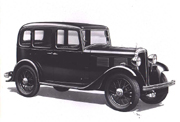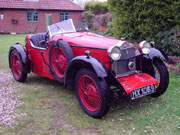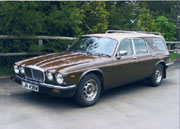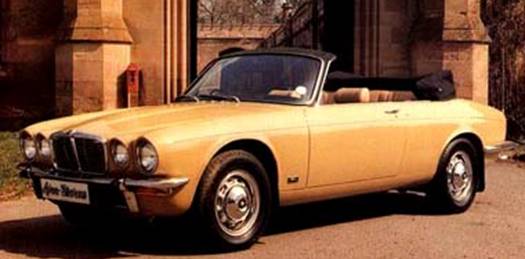|
|
Avon-Stevens | Lynx | OthersThe History of Avon |
|
| Avon was during the years known for their many beautiful automotive bodies on chassis provided by many of the automobile manufactures of the time such as Lea-Fransic, Austin, Rolls-Royce, Bentley, Standard Motor Company, Jaguar, Rover, Morgan etc.
The early days For the first ten years, they concentrated on Lea-Francis, but eventually branched out into producing bodies for Austin and Standard. In the 1930’s Avon Body Company became well known for its Avon-Standards built under a ten year contract with the Standard Motor Company which, later became Standard Triumph and then the Triumph car division of British Leyland. Between the wars the company coach built bodies in large numbers on a variety of cars. However in the post war years it concentrated on body repairs. In 1938, the company became part of the Maudsley Motor Group, and moved to the Millers Road premises where they would remain for some fifty years. After the War, Maudsley retired, and Mr. Watson, one of the company's directors, took over. He changed the focus of the business from coachbuilding into the slightly more mundane realm of body repairs. This remained the case well into the 1970s.
Modern times Avon Special Products was formed in 1979, and after a spate of producing converted Land Rovers and Range Rovers, they introduced the beautiful Jaguar Avon-Stevens XJC convertible. The XJC convertible was build in a number of 12 + some convention kits. In 1980 the Ladbroke Avon coachbulding company unveiled their estate version of the XJ series III, which won the company a gold award for special coachwork at the 1980 Birmingham Motor Show. Costing an additional £5,500, the results are amazing. The rear seats folding to give a cavernous 7ft 6 inch long flat and unobstructed load area, combined in a very stylish high class car with the Jaguar attributes of excellent handling and superb high performance. The quality of the conversion was very high, and the manufacturer’s warranty was still maintained. During 1981, Avon were taking a steady stream of orders for the Jaguar
XJ6-based estate car, but owner Graham Hudson had expansion plans,
and moved into a more accessible price range with a seriously up-specced
version of the newly-launched Triumph Acclaim. Find out more about the Avon history here
Download Avon-Stevens XJC convertible sales brochure. Avon-Stevens XJC convertible construction instructions. |









